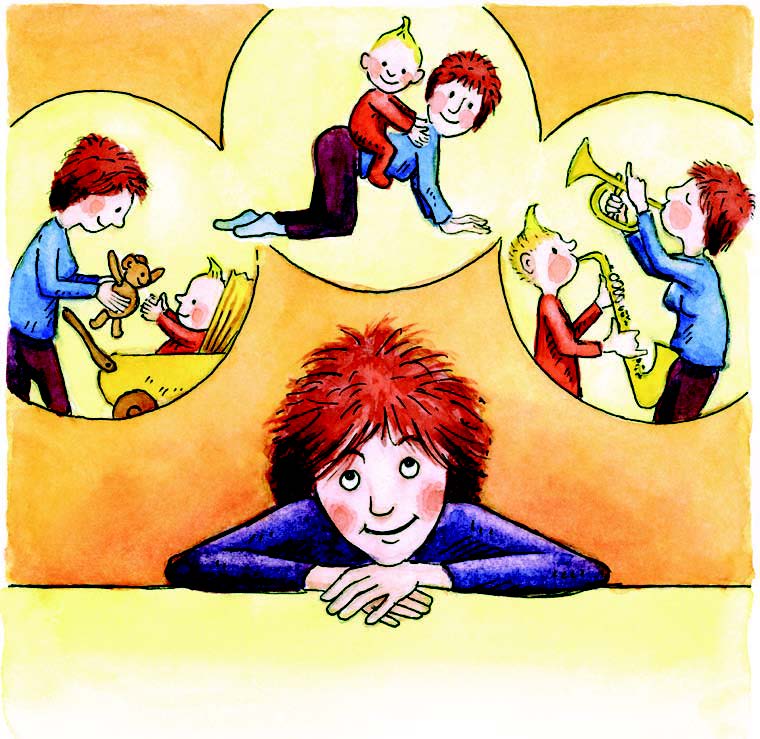Chemotherapy
Author: Gesche Tallen, MD, PhD, Editor: Maria Yiallouros, Reviewer: Prof. Dr. med. Dr. h.c. Günter Henze, English Translation: Hannah McRae, Last modification: 2022/02/17 https://kinderkrebsinfo.de/doi/e2070
Chemotherapy – along with radiation and surgery – is one of the three major pillars of cancer treatment in children and teenagers. Chemotherapy is a form of treatment that uses substances which can inhibit cell growth or even kill cells. Chemotherapeutic agents are also called “cytostatic drugs” or "cytostatics".
The initial discovery of the growth-inhibitory effects of certain drugs resulted from research on synthetic substances called alkylating agents. In the late 1940s, the first good responses (remissions) of acute lymphoblastic leukaemias were described after chemotherapy. Currently, over 30 different cytostatic drugs of various substance classes are in use for the cancer treatment in children and adolescents.
Goals of chemotherapy include:
- complete elimination of malignant cells
- complete elimination of residual malignant cells after resection or reduction of a solid tumour by surgery and/or radiation (adjuvant chemotherapy)
- shrinking a tumour's size in order to provide optimal preconditions for efficient surgery and/or radiotherapy (neoadjuvant chemotherapy)
- destruction of tiny metastases (micrometastases), which are to be expected in malignant diseases and must therefore be considered and treated, even during early disease stages (systemic treatment) and although they can usually not be detected by standard diagnostics
Chemotherapy is primarily given to cure a patient from her/his malignant disease by achieving both complete and permanent elimination of cancer cells (curative treatment). Today, more than 80 % of children and adolescents with cancer survive long-term [KAA2019]. For some patients, however, the intent of treatment is limited to delay disease progression, thereby alleviating disease-related symptoms (palliative therapy).
The following chapters will provide general information on chemotherapy. For specific questions referring to individual treatment aspects, the personal caregiver team should be contacted.
Main references 
- Niemeyer C, Eggert A (Hrsg): Pädiatrische Hämatologie und Onkologie. Springer-Verlag GmbH Deutschland 2. vollständig überarbeitete Auflage 2018 [ISBN: 978-3-662-43685-1]
- Pizzo PA, Poplack DG (eds): Principles and Practise of Pediatric Oncology. Lippincott Williams & Wilkins Fifth edition 2006 [ISBN: 9780781754927]
- Gadner H, Gaedicke G, Niemeyer CH, Ritter J (Hrsg): Pädiatrische Hämatologie und Onkologie. Springer-Verlag 2006 [URI: http://www.springer.com/ medicine/ pediatrics/ book/ 978-3-540-03702-6]
- Gutjahr P: Krebs bei Kindern und Jugendlichen. Deutscher Ärzte-Verlag Köln 5. Aufl. 2004 [ISBN: 3769104285]


